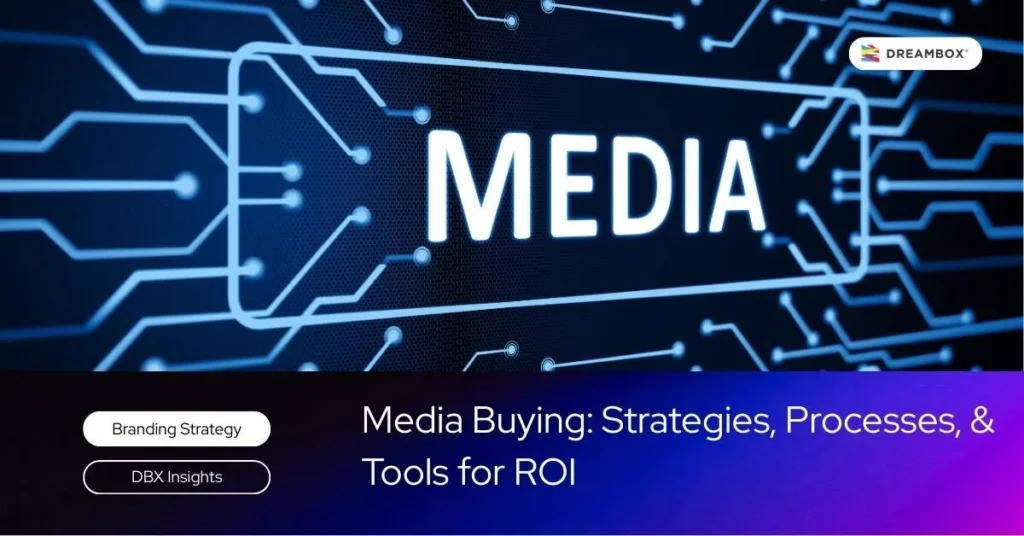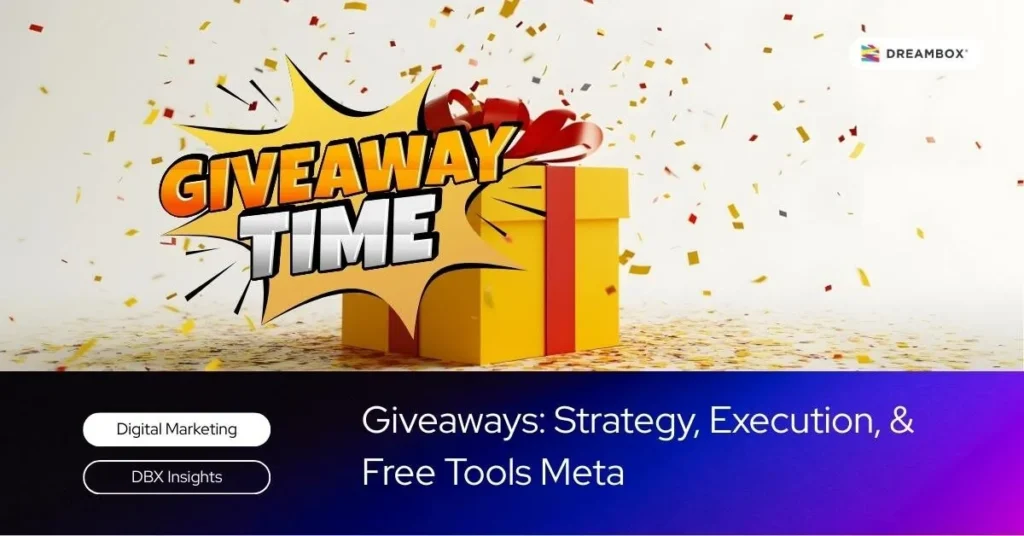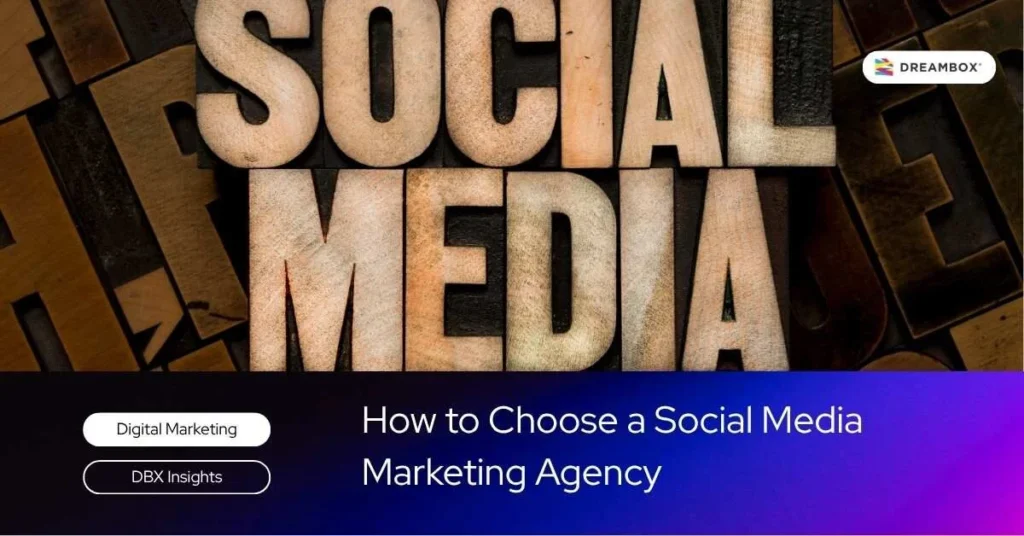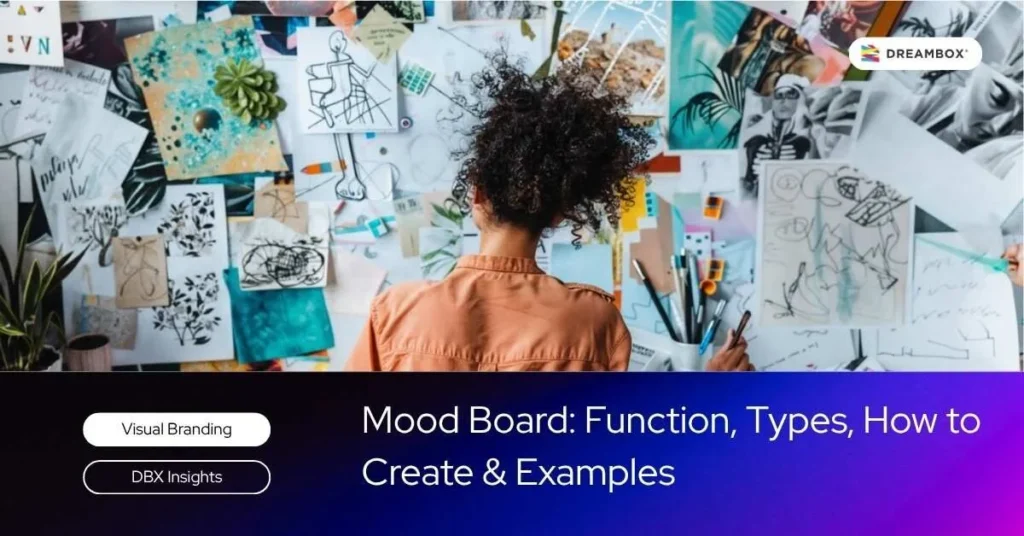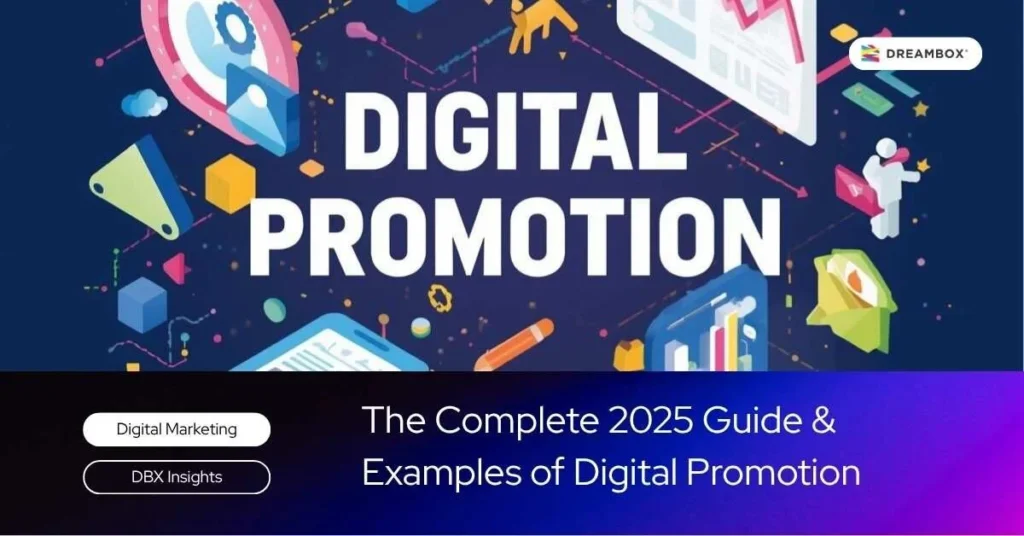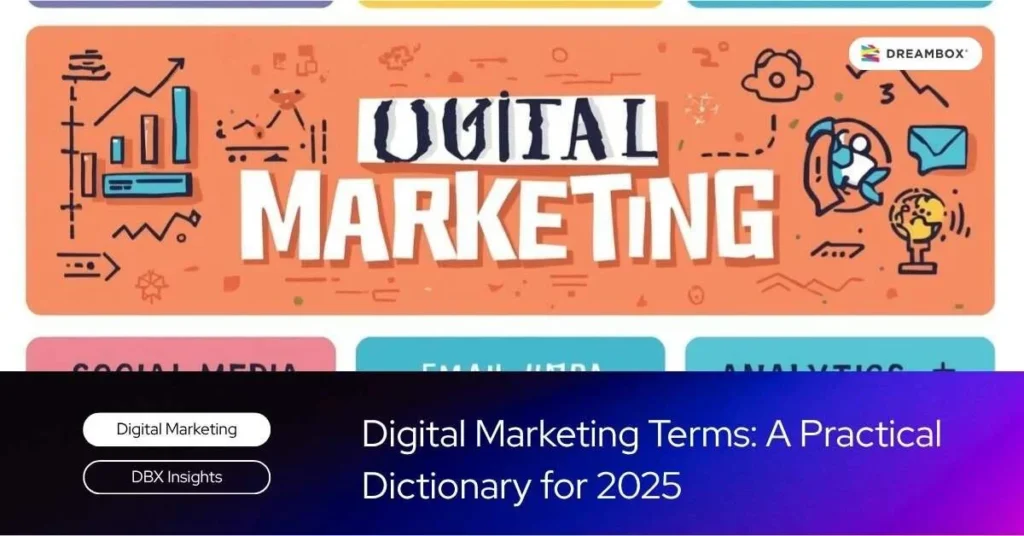creative brief aligns strategy, design, and media so every asset works toward the same outcomeon time and on budget. It translates business goals into a concise plan the whole team can follow without guesswork.
Before we get into the framework, set a shared baseline. If you’re building out the upstream strategy, start with our guides on the content brief, measuring efficiency via ROAS, and engagement signals like CTR.
What Is a Creative Brief?
A short document (one page or a few) that distills objectives, audience, key message, channels, and KPIs. Its job is to align stakeholders, reduce revisions, and accelerate execution across formats.
Functions & Benefits of a Creative Brief
It gives the team a clear North Star, protects brand consistency, and speeds up decisions. The payoff appears in smoother production, sharper ideas, and performance that maps to the business case.
Must-Have Components in a Creative Brief
Brand Basics & Objectives
Company background, the core business problem to solve, and SMART goals (Specific, Measurable, Achievable, Relevant, Time-bound).
Schedule a free 30-minute branding consultation session with our experts.
Audience & Insight
Compact personas—demographic, psychographic, pain points, motivations—supported by quick research or recent campaign reads and sales/CS inputs.
Key Message & Differentiation
Define your USP, Reason to Believe (RTB), core message, and the desired tone of voice so stories stay consistent across assets.
Execution Plan
List deliverables (formats/sizes), channel placements, and a specific CTA that makes next steps obvious.
Operations & Measurement
Timeline and milestones, budget range, and KPIs (e.g., CTR, CPM, ROAS, ER, Leads) with any baseline data for objective evaluation.
How to Create an Effective Creative Brief
1) Research & Insight
Pull quick data: past performance, market/competitor trends, and qualitative notes from sales/CS interviews.
2) SMART Goals
Write measurable targets—e.g., improve ROAS by 20% this quarter or acquire 200 MQLs via the landing page.
3) Audience Persona
Capture needs, objections, purchase triggers, and preferred channels to guide message and creative format.
4) USP, RTB, Key Message
Back up claims with proof: testimonials, certifications, guarantees, and case studies.
5) Channels & Asset Specs
- Instagram/TikTok: 9:16, 15–30s, hook in the first 3 seconds.
- Marketplaces (Shopee/Tokopedia): hero image, A+ content, store-standard sizes.
- OOH: <8-word copy, high contrast, readable distance.
Explore platform references like Google Ads, Meta, and TikTok Ads.
6) KPIs, Baseline, Budget
Select relevant metrics (CTR, CPM, CPA, ROAS, ER, CVR). Note baselines and allocate budgets per channel to enable clean optimization loops.
7) Approval Flow & Timeline
List PICs, revision SLAs, iteration counts, and key milestones. Include a pre-brief checklist: all fields complete, data accurate, mandatories clear.
Sample Creative Briefs for Different Needs
FMCG — Brand Awareness (OOH + Digital)
Goal: reach & ad recall; urban 18–34. Message: long-lasting freshness. Deliverables: OOH KV 12×6 m, 15-sec video, 300×250 & 1080×1350 banners. KPIs: CPM, ad-recall lift.
SMB F&B — IG Reels/TikTok
Goal: outlet traffic. Message: bundle promo. CTA: “Try it today.” KPIs: ER, store visits via promo code, bio-link CTR.
E-commerce — Marketplace Assets
Goal: conversion. Deliverables: hero image, carousel, 15-sec video. KPIs: CVR, CTR, GMV, ratings; refresh creatives weekly.
Rebranding — Logo/Identity
Focus: purpose, tone, mandatories, applications. Output: logo, 20-page brand guide, core mockups.
Digital Video with Influencer/KOL
Goal: consideration. KOL criteria: ER >3%. On-brief script, clear #Ad disclosure. KPIs: ER, VTR, CPCV.
Want the full one-page brief example?
Comparison: Creative Brief vs Design Brief vs Campaign Brief
Creative Brief
Umbrella for cross-channel creative direction: goals, audience, message, KPIs, mandatories.
Design Brief
Visual-specific derivative: grid, sizes, color, layout, file outputs.
Campaign Brief
Marketing strategy container: objectives, channel mix, flighting, media budget.
When to Use Which?
Use the creative brief for direction, the campaign brief for strategy, and the design brief for execution details—pick based on project scope and stage.
FAQ
Who Should Write the Creative Brief?
Typically marketing/brand in collaboration with the agency and creative team, with early input from key stakeholders.
How Long Should a Creative Brief Be?
Compact—1 to 3 pages. Focus on decision-driving details, not fluctuating minutiae.
How Often Should It Be Updated?
Whenever objectives, audience, or channels change. Light updates each sprint keep it relevant without starting over.
Is One Brief Enough for Multi-Channel?
Yes if you attach channel-specific specs. Avoid duplication; keep the core message consistent.
Need a Creative Brief? Dreambox Can Help!
A strong creative brief keeps teams aligned on goals, audience, key message, deliverables, and KPIs so work moves faster with fewer revisions. Start with SMART objectives and real insights, keep it concise, and refresh the brief when business priorities shift. Done well, it lifts idea quality, improves execution, and makes ROI easier to track.
Concise, measurable, and on-brand—this is what a strong brief delivers. Ready to turn strategy into outcomes? Explore our Digital Marketing services, browse fresh ideas on the Dreambox Blog, or contact our team for a focused consultation.



